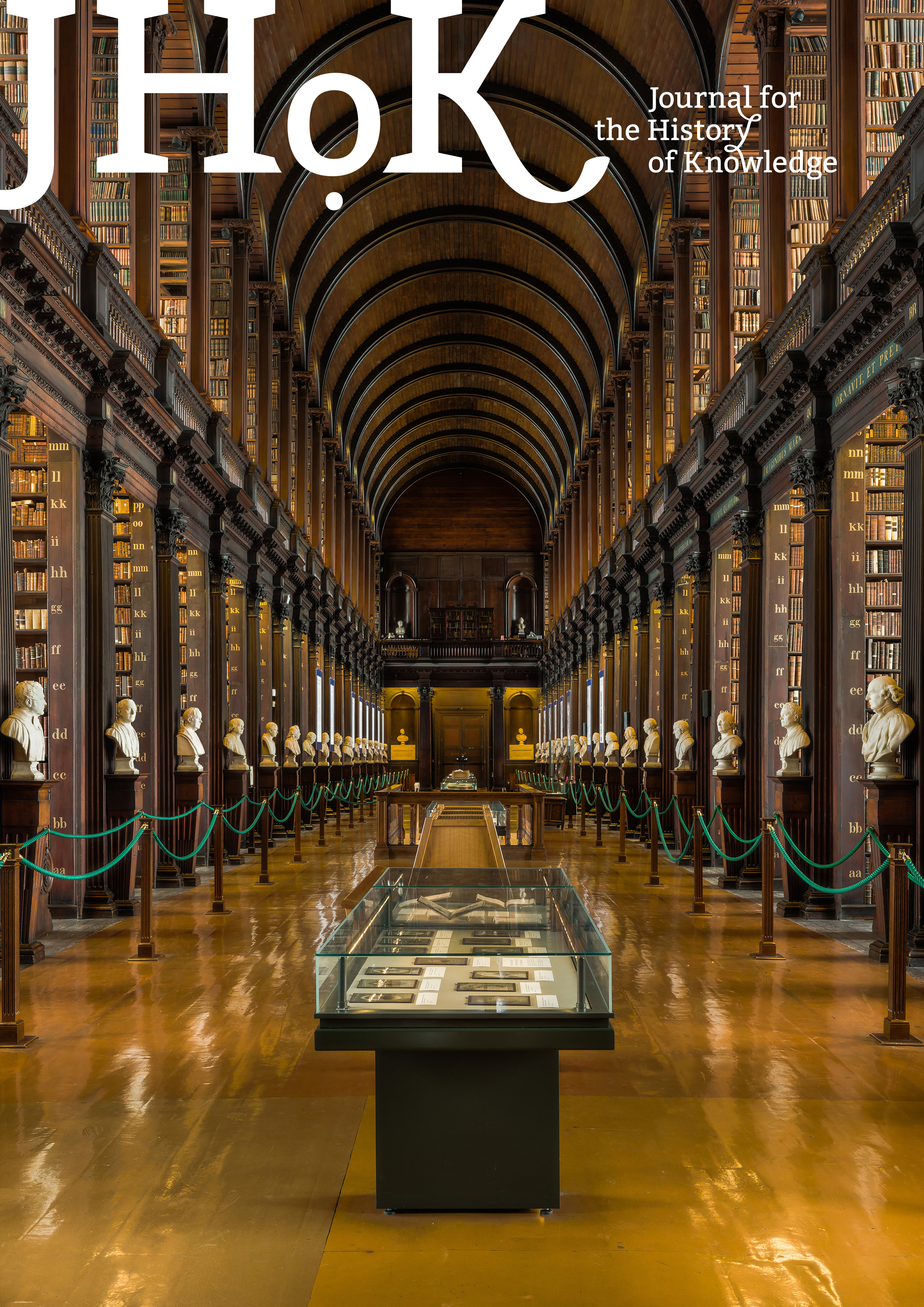Sustainable Gains: Dutch Investment and Bureaucratic Rationality in Eighteenth-Century Saxon Mines
DOI:
https://doi.org/10.5334/jhk.19Keywords:
Saxony, bureaucracy, sustainability, Suriname, hybrid experts, archivesAbstract
A late-eighteenth-century encounter between Dutch merchants and cameralist Saxon officials is used to argue two related points. First, the history of knowledge can help us rethink hierarchical power structures like the Saxon mining bureaucracy. Mine owners had a right to information and could not be forced to pay contributions, which meant that mining officials were solicitous in sharing knowledge, fretted about investors’ favor, and took their desire for revenue into consideration. These observations directly challenge the traditional absolutist image of the Saxon mining bureaucracy. Second, the history of knowledge can help explain how certain rationalities (that is, combinations of means, ends, and values) came into being. Saxon officials sought to situate short-term income and expense in a success story that spanned decades and centuries. Informed by the concept of Nachhalt (sustainability), Saxon officials saw profit even in mines that lost money. This kind of sustainability thinking is best explained via the archival practices of the mining bureaucracy: officials collected information from yield sheets and local lore in order to calculate long-term outputs, to speculate about untapped deposits, and to disburse as little profit as possible. When the Dutch eventually understood this rationality, they withdrew. Saxony’s early modern mining bureaucracy was dismantled by liberal reforms in 1850s, but its peculiar brand of sustainability, aiming to extract resources at almost all costs, likely survived the dawn of industrial capitalism as young engineers and administrators became versed in it at the Freiberg Mining Academy.



